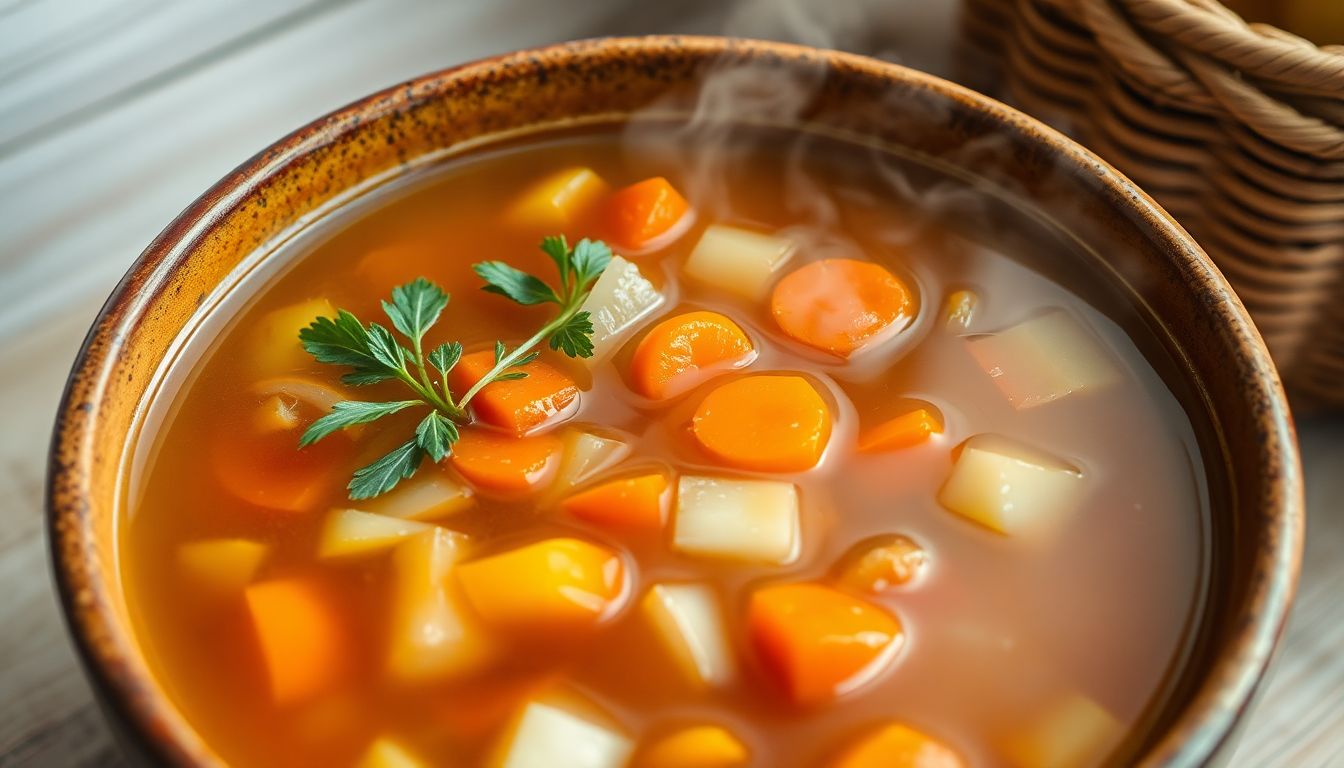Top 10 Gourd Vegetables You Need to Grow in Your Garden

Did you know that watermelons are part of the gourd family? It’s surprising, but it’s true! Gourds are more than just decorations. They’re a diverse group of veggies with tasty and practical uses.
Gourds are from the Cucurbitaceae family. This family includes squash, pumpkins, cucumbers, and more. They often have thick skins, seeds inside, and grow on vines.
Growing your own gourds is rewarding. The flavor is better when they’re fresh. Gardening saves money at the grocery. Some gourds are even beautiful additions to your yard!
Ready to learn about the best gourds to grow? Here are ten of the top ones you should try!
Butternut Squash: The Versatile Fall Favorite
Butternut squash is well-loved. This squash is sweet and nutty. People use it in soups, pies, and roasted dishes. It’s a fall favorite for good reason!
Planting and Growing Butternut Squash
Plant butternut squash after the last frost. They need warm soil and sunshine. Space plants about 2-3 feet apart. These gourds need a lot of sunlight to grow well. Rich soil will help them produce lots of fruit.
Common Butternut Squash Problems and Solutions
Squash vine borers can be a problem. These pests bore into the stems. Cover stems with foil to prevent this. Powdery mildew is another issue. Use a fungicide to protect plants.
Harvesting and Storing Butternut Squash
Harvest when the skin is hard. The stem should be dry. Cure the squash for 1-2 weeks in a warm, dry place. Store in a cool, dry spot for months.
Zucchini: The Summer Abundance
Zucchini grows fast! These plants give you tons of fruit. You might even have too much zucchini to handle. It’s a classic summer gourd!
Selecting Zucchini Varieties
There are many zucchini colors and shapes. Some are dark green, others yellow. Choose disease-resistant varieties. This will help prevent problems.
Dealing with Zucchini Glut
Zucchini bread is always a hit. You can also grill, fry, or stuff zucchini. Freeze or pickle it to save it. So many uses exist!
Preventing Common Zucchini Issues
Squash vine borers also attack zucchini. Use row covers to protect young plants. Powdery mildew is common too. Make sure the plants have good airflow to help prevent this.
Pumpkins: More Than Just Jack-o’-Lanterns
Pumpkins aren’t only for carving. They’re also great for cooking. Many different types exist. There are pie pumpkins, carving pumpkins, and ornamental ones.
Choosing the Right Pumpkin Variety
Pie pumpkins are small and sweet. Carving pumpkins are large and round. Ornamental pumpkins come in crazy shapes. Choose one you like!
Growing Giant Pumpkins
Want to grow a huge pumpkin? Start with good soil. Water it often. Remove extra pumpkins so one gets all the energy. These tips can help.
Cooking with Pumpkin
Pumpkin pie is a classic. You can also make pumpkin soup or bread. Roast the seeds for a snack. Pumpkin puree is easy to make at home.
Cucumber: The Refreshing Garden Staple
Cucumbers are crisp and refreshing. They’re perfect in salads and sandwiches. Different types exist for slicing and pickling. It’s a summer must-have!
Types of Cucumbers: Slicing, Pickling, and More
Slicing cucumbers have thin skins. Pickling cucumbers are smaller and bumpy. Some are burpless. Each has its own flavor and texture.
Trellising Cucumbers for Better Yields
Trellises save space. They also help prevent diseases. Use a simple trellis or a fence. The cucumbers will grow up it!
Preventing Bitter Cucumbers
Water cucumbers regularly. Hot weather can make them bitter. Make sure the soil pH is right. Keeping the soil moist is best.
Spaghetti Squash: The Healthy Pasta Alternative
Spaghetti squash has a unique texture. Cooked, it turns into strands like spaghetti. This is a healthy alternative to pasta. It’s a fun and tasty gourd!
Preparing Spaghetti Squash
Roasting is a common way to cook it. You can also microwave it. Cut it in half and remove the seeds. Cook until tender.
Serving Suggestions for Spaghetti Squash
Use spaghetti squash with pasta sauce. Add it to stir-fries. It’s also good in salads. It’s very versatile!
Growing Tips for Spaghetti Squash
Spaghetti squash likes rich soil. It needs good pollination. Plant flowers nearby to attract bees. This helps fruit production.
Luffa Gourds: Grow Your Own Sponges!
Luffa gourds aren’t for eating. You can grow them into sponges. It’s a fun and useful gourd. They’re great for cleaning.
Growing Luffa for Sponges
Luffa needs a long, warm growing season. Use a trellis. The gourds can get very long. They need a strong support.
Processing Luffa Gourds into Sponges
Harvest when the gourd is dry. Peel off the skin. Remove the seeds. Wash the fibers to clean them.
Uses for Luffa Sponges
Use luffa in the bath. Use it for cleaning dishes. Some people use it in crafts. They’re natural and eco-friendly!
Conclusion
These ten gourds are great for any garden. From butternut squash to luffa, there’s something for everyone. Growing your own veggies is rewarding. You get fresh, tasty produce. Plus, it’s fun! So, start planting and share your gardening experiences!






